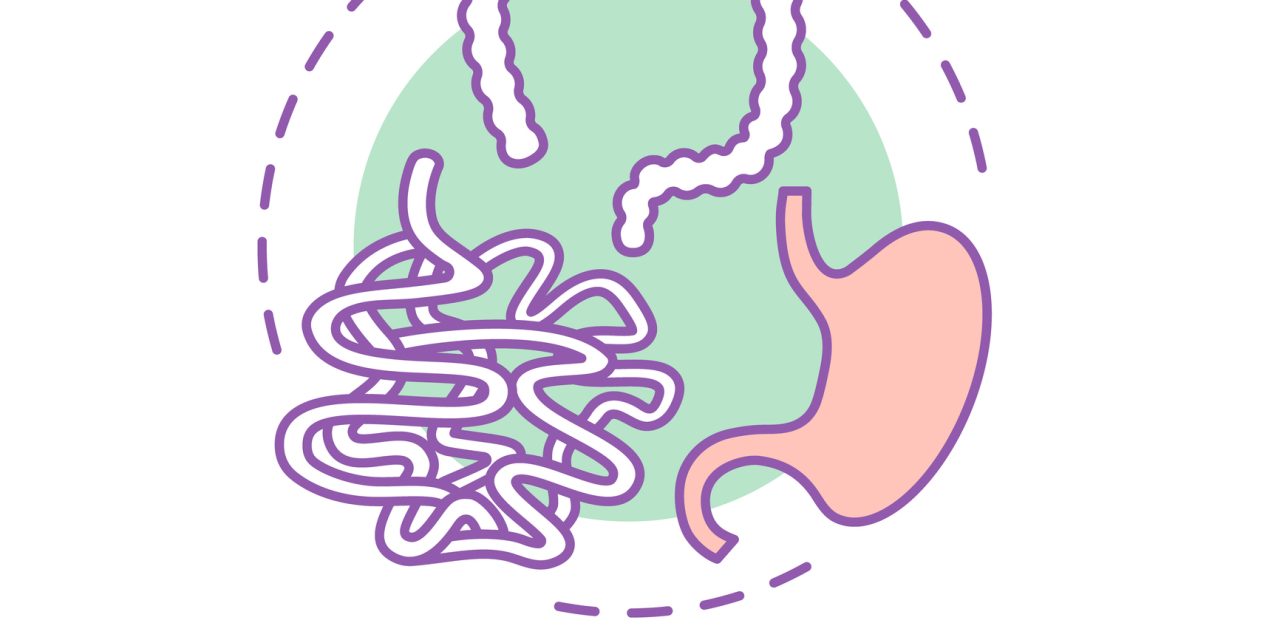Although abdominal pain is a common symptom of children’s inflammatory bowel disease (IBD), there has been little study on pain in the first year following diagnosis. The current study uses data from the ImproveCareNow (ICN) Network to investigate the prevalence, determinants, and effect of abdominal discomfort within the first year after a pediatric IBD diagnosis. The study included 13,875 children with IBD who were registered in the ICN Network and provided data from clinic visits within the first year following diagnosis. The presence vs absence of abdominal discomfort, activity restrictions, and well-being decrements were investigated using multivariable mixed effects logistic regression models. The proportion of adolescents experiencing stomach discomfort reduced considerably over the first year following diagnosis, although a sizable number reported ongoing pain at 12 months. Multivariable analyses indicated that the length of time from diagnosis, the severity of the disease, the existence of psychosocial risk factors, and female sex were all significant predictors of ongoing abdominal discomfort. Over and above the impact of illness severity, abdominal discomfort was strongly related with decreases in well-being as well as restrictions in activities.
During the first year after a pediatric IBD diagnosis, abdominal discomfort is common and significant, even when disease activity is controlled for. The current study’s findings can help guide screening and pain management intervention efforts in pediatric IBD.


